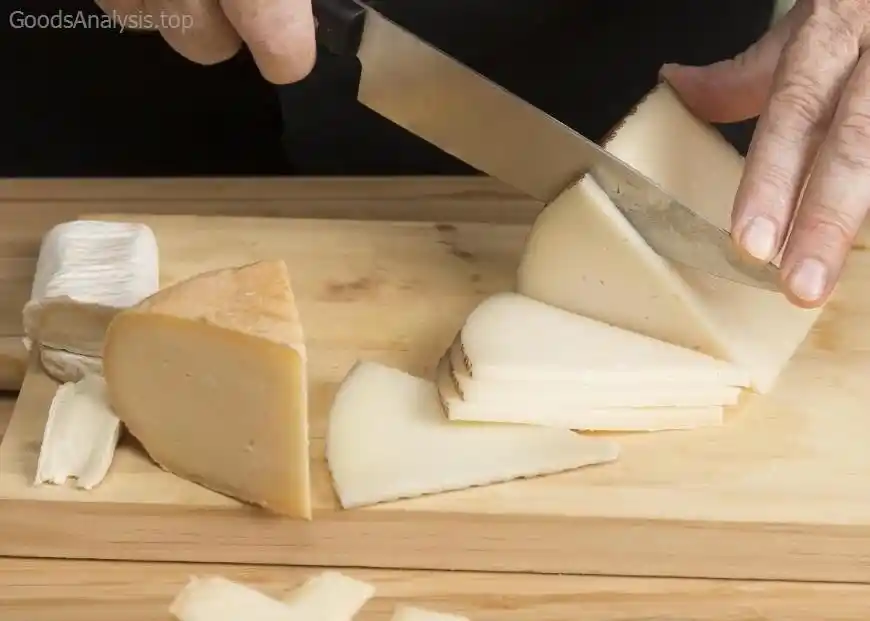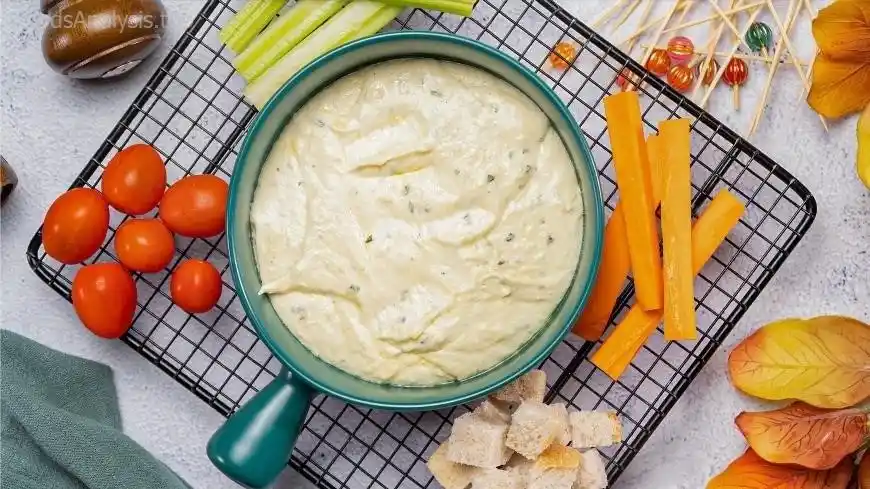Creating a perfect cheese board is an art, and like any art, it takes a little practice, a lot of love for good food, and a bit of knowledge. Whether you’re hosting a casual gathering, a festive dinner, or simply indulging in a solo treat, a cheese board is the perfect centerpiece that brings together diverse flavors, textures, and experiences. But how do you build one that impresses and satisfies? That’s what we’re going to explore.
1. Choose the Right Cheese
The first and most important step to crafting an exceptional cheese board is selecting the right cheeses. Variety is key, so you’ll want to include a range of textures, flavors, and types. Here’s a simple breakdown of the cheeses you might want to consider:
a. Hard Cheeses
- Aged Cheddar: Firm, tangy, and crumbly, it’s a classic favorite.
- Parmesan: Nutty and savory, perfect for snacking or shaving over other components.
- Pecorino Romano: A sharp, salty sheep’s milk cheese.
b. Soft Cheeses
- Brie: Creamy, with a delicate flavor. This one melts in your mouth and is often a crowd favorite.
- Camembert: Similar to Brie, but with a slightly stronger flavor.
- Goat Cheese: Tangy and soft, it’s great for spreading or pairing with fruit.
c. Blue Cheeses
- Roquefort: Creamy with a distinct sharp flavor, it pairs well with fruit and nuts.
- Gorgonzola: Milder than Roquefort but still has that signature pungency.
d. Semi-Hard Cheeses
- Gouda: Sweet, nutty, and creamy with a bit of caramelization in aged varieties.
- Gruyère: Swiss, with a slightly nutty and savory flavor that’s always a hit.
2. Add Complementary Accompaniments
Cheese is just the beginning—accompaniments elevate the entire experience. Think of these as your supporting cast, making sure each cheese is complemented by something flavorful and contrasting.
a. Breads & Crackers
You can’t have a cheese board without something to spread or scoop. Here are some popular options:
- Crusty baguette slices
- Water crackers
- Grissini (breadsticks)
- Flatbreads
Aim for variety here in terms of texture, flavor, and even shape, so guests can try different combinations.
b. Fruits & Dried Fruits
Fresh fruits bring freshness and sweetness, which pairs beautifully with rich cheeses. Some common options include:
- Grapes (both red and green)
- Figs (fresh or dried)
- Apples and pears
- Berries (strawberries, raspberries, or blueberries)
- Pineapple for a tropical touch

c. Nuts
Nuts are a fantastic addition, adding crunch and a bit of savory contrast:
- Almonds
- Walnuts
- Pistachios
- Pecans
d. Jams, Honey, and Chutneys
A little sweetness goes a long way in balancing out the savory flavors of the cheeses. Consider adding:
- Fig jam
- Apricot preserves
- Honey (especially raw honey or honeycomb)
- Spicy chutneys
e. Olives and Pickles
Briny, acidic flavors are the perfect counterpoint to creamy cheeses. Try:
- Kalamata olives
- Cornichons (small French pickles)
- Pickled onions
3. Arranging the Board
Now that you’ve selected your cheeses and accompaniments, it’s time to assemble your cheese board. Keep a few principles in mind for the most appealing presentation:
- Start with the cheeses: Arrange them in a way that makes it easy for people to reach. Place the largest ones first and the smaller ones last.
- Vary the shapes: Cut some cheeses into wedges, others into cubes, and leave some whole.
- Leave space for pairing: Don’t overcrowd the board. Leave room for people to experiment with combinations.
- Consider color: Think about the visual appeal—balance white cheeses with deep reds, vibrant fruits, and green herbs.
- Garnish for flair: A sprig of rosemary, fresh thyme, or even edible flowers can add a touch of elegance.
4. Portion Control and Amounts
A cheese board can look a bit intimidating, especially when you’re unsure of how much to provide. A general rule of thumb is to estimate about 2 to 3 ounces of cheese per person if the board is an appetizer. If it’s a main event, you can increase that amount to 4 to 6 ounces per person.

5. Serving and Pairing with Drinks
It’s always good to consider what beverages will accompany your cheese board. A few classics include:
- Wine: Choose red, white, or sparkling based on the type of cheese. Red wines like Cabernet Sauvignon pair well with hard cheeses, while white wines like Chardonnay or Sauvignon Blanc complement soft cheeses. For a real treat, try a rosé.
- Craft beer: Look for pale ales or stouts to bring out the nuances of aged and blue cheeses.
- Non-alcoholic options: For those not imbibing, consider offering sparkling water with a slice of lemon or a non-alcoholic cider.
6. Things to Avoid
While it’s all about creativity, there are a few common pitfalls to watch out for:
- Too many similar cheeses: A cheese board is about variety, so aim to include different textures and flavors. Don’t go overboard with too many soft cheeses, for instance.
- Overcrowding the board: A cluttered cheese board is hard to navigate. Keep it visually appealing by leaving plenty of space.
- Forgetting dietary restrictions: Always check with your guests about allergies or dietary preferences—some people may need lactose-free, vegan, or gluten-free options. It’s better to ask than to assume!
7. Health Considerations and Moderation
As much as we love cheese, it’s important to remember that, like any indulgent food, moderation is key. Cheese is high in saturated fats, so consuming it in large quantities can contribute to health issues like high cholesterol or weight gain. That said, cheese can be part of a balanced diet if enjoyed in moderation. Pair it with fresh fruits, vegetables, and whole-grain crackers to create a more balanced snack.
8. Sustainability and Ethical Sourcing
In today’s world, sustainability matters, and ethically sourced cheese is a growing concern. Opting for organic or locally sourced cheeses can help support local farmers and reduce your carbon footprint. Look for certifications like Animal Welfare Approved or Certified Humane to ensure the cheeses you buy come from ethical sources. It’s not just good for the planet—it can also mean better quality and flavor in your cheeses.
Opinions from People Around the World
- Claire (Age 34, UK): “I love making cheese boards for gatherings! I always include a mix of British cheeses like Stilton and Double Gloucester, alongside something creamy like Brie. It’s the perfect balance for my friends who are both cheese enthusiasts and those who are a bit more selective.”
- Carlos (Age 50, Brazil): “Cheese boards are a must at every family celebration in Brazil. I like to mix in some local varieties like Minas cheese, and pair it with tropical fruits like mango and papaya. A touch of honeycomb is always a hit!”
- Anika (Age 28, India): “Cheese is not as big in India as in Western countries, but I’ve started making boards for my friends, especially with cheddar and goat cheese. I add in some spicy chutneys and naan bread—it’s a fusion of East meets West!”
- Lars (Age 60, Sweden): “Swedes love their cheese, and I always make sure to include a sharp Västerbottensost on my board. It pairs perfectly with lingonberry jam and rye crackers. A good cheese board should be about quality, not just quantity.”
- Emily (Age 45, USA): “For me, a cheese board is about simplicity. I stick to my favorites—Brie, Gouda, and cheddar—along with a few simple accompaniments like apple slices and some good olives. It’s my go-to for impromptu parties.”
Final Thoughts
Building a cheese board is a delightful way to explore flavors and textures while impressing your guests. Remember, it’s not just about throwing a few cheeses on a platter—take time to consider the variety, presentation, and balance. Don’t forget to have fun with it! And as always, if you’re uncertain, ask your guests about preferences or dietary restrictions.
After all, the goal is to create an experience that’s as enjoyable as it is tasty. Happy cheese-boarding!









